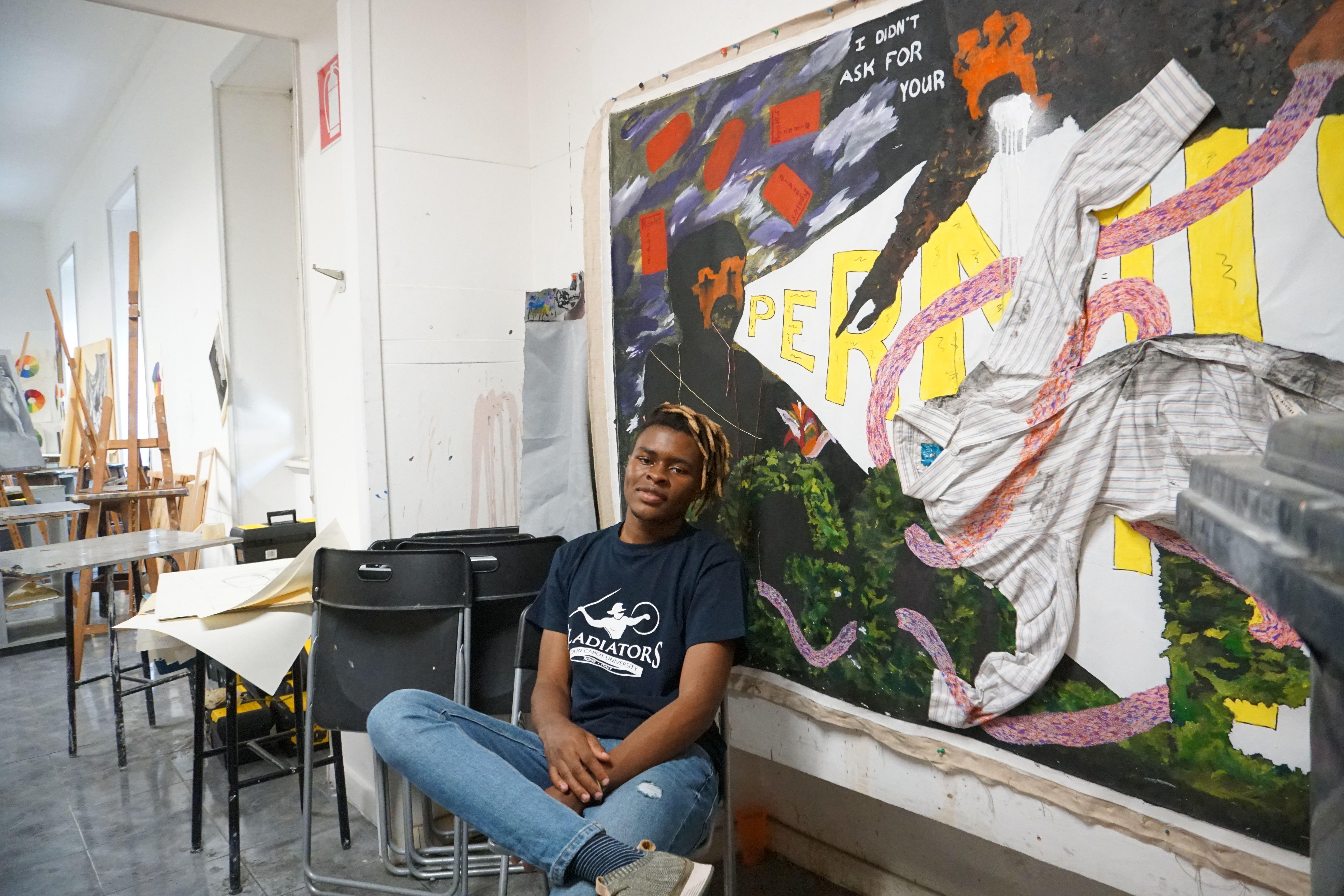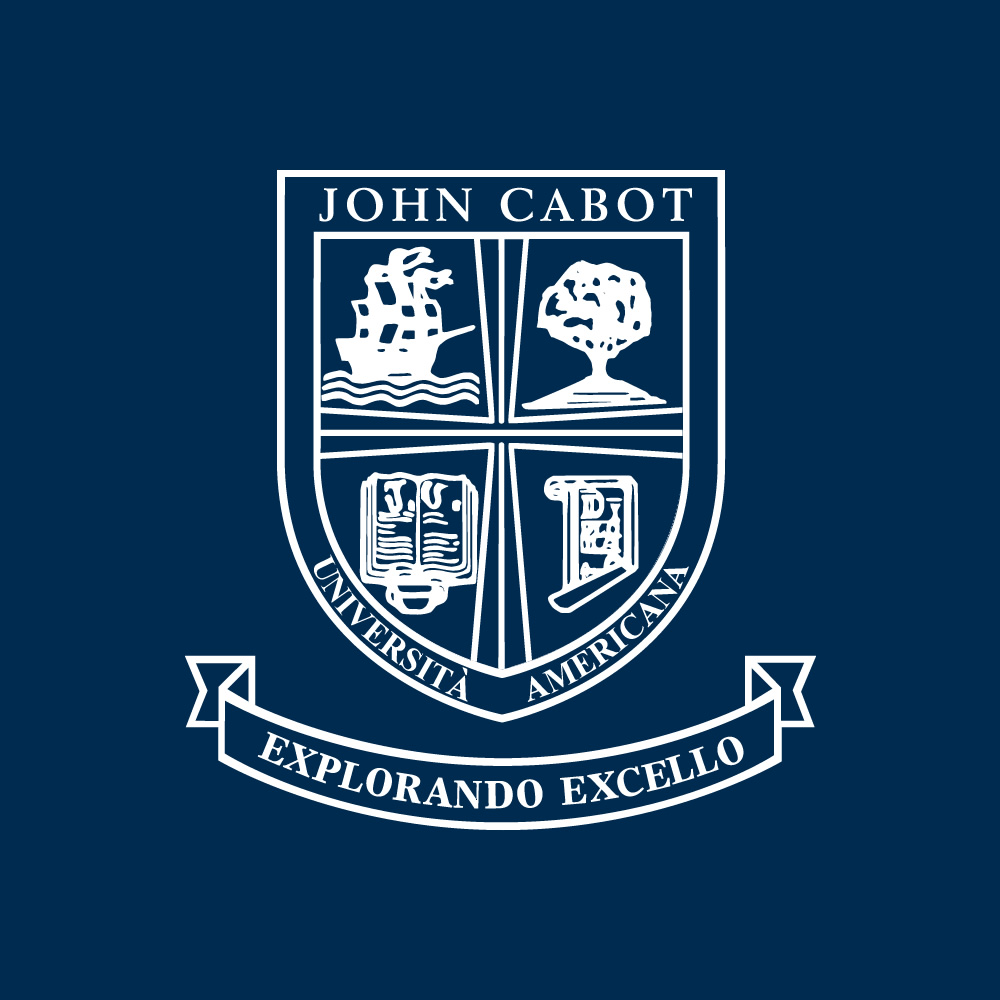

No work of art is ever created in genuine isolation because the artist is continually influenced and informed by what has come before – or inspired by new ideas currently in circulation. Artists borrow and share techniques, adapting them to suit unique, individual purposes. Students of art who study abroad in Rome are perfectly situated to witness the evolution of various artistic styles, and observe how traditional approaches are often combined with new methods in order to push boundaries and develop new creative directions.
Studio Art Facilities
Studio Art courses at John Cabot University introduce students to diverse artistic disciplines, including film and digital photography, graphic design, figure drawing, painting and fresco painting. The studios in the Sacchetti Building, about a 10 minute walk from the Guarini Campus, are divided into two wings - the painting/drawing wing and the photography/graphic design wing. In addition to the main painting and drawing studio, there is a smaller studio exclusively for fresco painting. Study abroad students get the opportunity to witness one of the greatest examples of this latter style, Michelangelo's Sistine Chapel ceiling, a short bus ride away from the university. "Then, using this technique, known from antiquity and perfected during the Renaissance, each student takes a small section of the studio wall and prepares a fresh plaster ground on which to execute a part of a coordinated decorative scheme," explains Professor William Pettit.
The photography/design wing is equally impressive, equipped with17 iMacs featuring software such as Photoshop, digital projection equipment, a photography darkroom and space for indoor shooting. Graphic design students learn the fundamentals of design while using state-of-the-art software to work on real-world projects, including the university's public image.
Blurring Boundaries
As technology takes on a more central role in how artists conceive, craft, and share their artwork, the boundaries between genres become more blurred. For example, visual artists may create a sculpture using traditional studio techniques, but then use technology to offer audiences an interactive experience when engaging with the piece – perhaps in the form of an embedded device that creates audio effects, or a video screen that features moving images. What was once strictly categorized as sculpture blurs into the realm of multimedia.
Showcasing our Work
At the end of each semester, students have a chance to present their work to our university in Italy's wider community at a student art exhibition. This festive occasion showcases the diversity of talent at John Cabot University, combining an abundance of images on computer screens with photos, drawings, oil paintings and frescoes on the walls.
We have been proud over the years to see some of our alumni go on to achieve success in the art world. Alumna and John Cabot art history professor Nicola Brandt is holding her first solo exhibition The Earth Inside at the National Art Gallery of Namibia this August. It is a multimedia installation highlighting counter-narratives regarding the early-20th century genocide of the Herero and Nama peoples of Namibia, consisting of video, photographs, audio, archival materials and found objects. It is a fitting example of how various studio art techniques can be combined in creative ways. Congratulations Professor Brandt!




